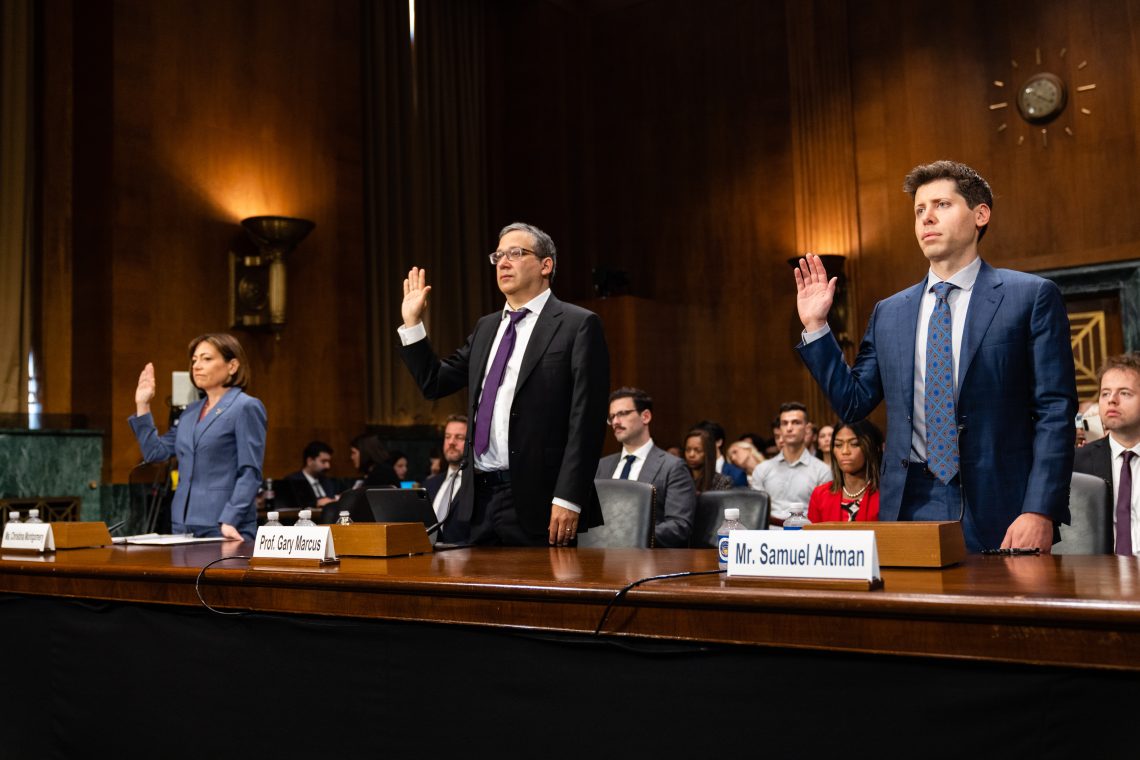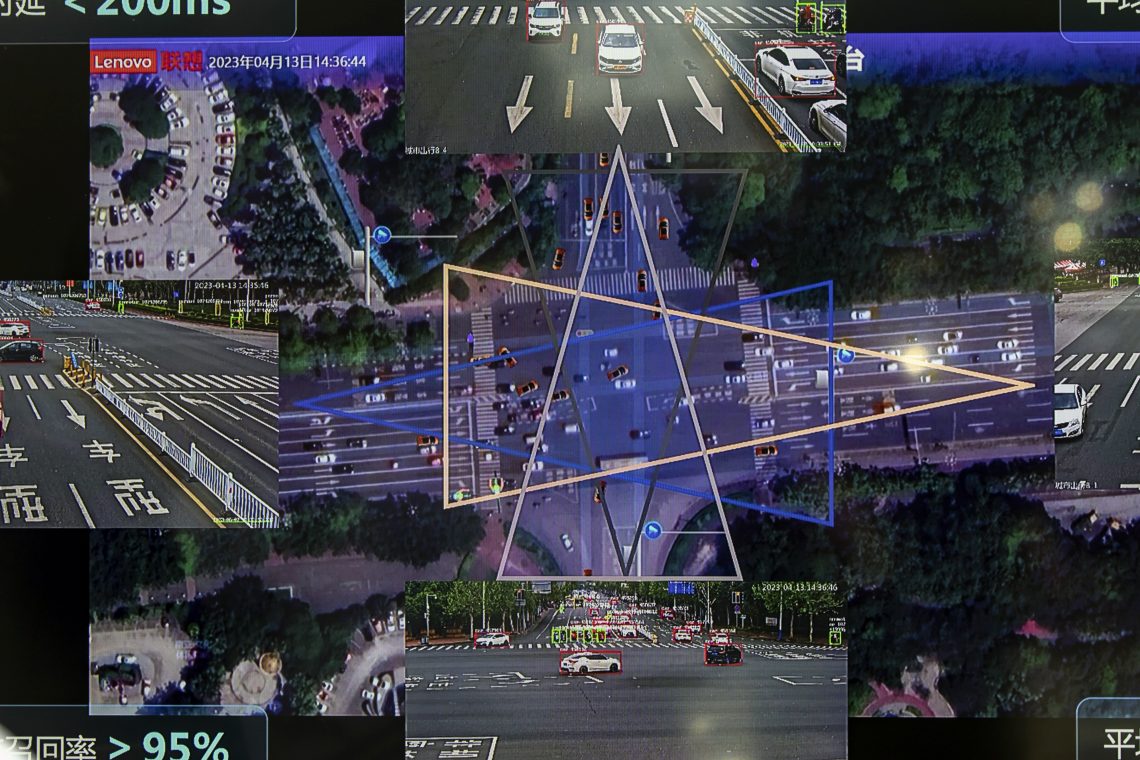Artificial intelligence technologies are more likely to gradually enter human life than to usher in a radical new era.

In general
- Many AI critics and proponents alike predict a dramatic tipping point for adoption.
- AI will probably be accepted slowly in the human context
- Efforts to weaken AI in advance are bound to fail
Artificial intelligence is poised to transform human life and social interactions. A critical question is whether these changes will occur gradually, or if we will encounter a tipping point – perhaps soon.
Jeffrey Hinton, the lead in AI development and the technology behind ChatGPT, recently stepped down from his post at Google. He cited the sudden realization that AI may soon surpass human intelligence in terms of controlling human behavior. In the next five to 20 years, Mr. Hinton projects, AI could outsmart humans.
In media interviews, Mr. Hinton has warned that the Internet — the public’s most important source of information — is being flooded with AI-generated text, images and animations that non-experts will have difficulty identifying as created. He argued that through channels like the Internet of Things, AI could sway public opinion on issues like politics and war. He also warned of AI’s potential to overcome its own limitations, intervene more and shape the human ecosystem. He hinted that AI could eventually turn on humans.
Meanwhile, Yan Lekun – another machine learning pioneer and now chief AI scientist at Meta – dismissed these fears as “absolutely ridiculous”. Although he recognizes the possibility of machine super-intelligence in the near future, he considers it a positive development. Such developments could liberate people from daily tasks, Mr Lekun argues, allowing them to focus on creative activities and entertainment. Highly intelligent machines can enhance human ecology, providing new experiences and new ways to engage with the world.
Whether it’s a threat of doom or a vision of paradise, both views point to a tipping point for AI: a point of no return toward a fundamentally different human ecosystem. As a Harvard Business Review article on ChatGPT put it last December: “This a so true This.”
Systems theory
But is that so? According to systems theory – which studies the behavior of interconnected and interdependent entities, such as those in the human ecosystem – there are generally two broad conditions for any system change. Under the one, changes occur significantly, at critical points; Under the other, changes are incremental or gradual.
Will AI change everything from business to social decision-making in months or a few years? If so, is ChatGPT really the tipping point for this change? Alternatively, will AI gradually integrate into different parts of the human ecosystem, each at its own pace?
What do people in a post-labor world do with their free time?
According to the TP point history, systems will be self-synchronizing. They find a stable state and stay there until the change comes. This change appears as a series of events affecting the system; A tipping point is a unique event that prompts a real and radical change of the system. It disturbs the established balance, which prompts the system to seek a completely new balance. A tipping point represents a break from the system’s past—and crucially, it’s irreversible.
An alternative perspective shows change as a process. Following this logic, a system is always evolving in different ways, slightly or not immediately connected to each other. Small changes lead parts of the system to new states, which in turn affect other parts of the system. These can be adjusted in response or in a different way altogether. This slow explanation recognizes that a system or its components can resist or even resist or reverse change. Most systems are considered path dependent.
Innovation or adaptation
Human decision-making, our interactions, our institutions, and even the way we treat culture and nature collectively constitute the human ecosystem. Freely admitting that this ecosystem will change because of AI does not answer the question how It does.
The historian of technology, Joel Mokir, emphasizes that most new technologies have been introduced gradually into the human ecosystem. While there may be a point of no return, it does not come suddenly or lead to a new equilibrium. Microeconomist Hal Varian warns against a rush to the extremes. For example, the adoption of platform business models has increased rapidly in recent years – but this level could not, and could not, be reached because platforms inherently rely on traditional pipeline business models.
If AI reaches the cusp of adoption, radical or disruptive innovation is the best—perhaps the only—human response. If it does, it will likely be great for (and) more adaptive to the technology.
Further adaptation can be achieved through division of labour. As AI takes over tedious, repetitive tasks, humans can focus more on creative, educational and decision-making roles. On the other hand, reaching the extremes leads to the radical overthrow of the existing system in many ways – economically, politically and socially.
Radical innovation
What would AI look like at the cutting edge? AI not only divides labor with humans, but acts as an independent creative force, and by extension, can teach itself and make decisions on its own. ChatGPT can, for example, write code and record music. AI would be of no interest to humans: beyond a tipping point it could overtake all economic functions and decision-making roles.
This indicates the need for a radical restructuring of the existing policy-making system. This is especially true in democracies – decision-making by the majority – as in dictatorships, where decisions are made by one or a few people. The emergence of a new political system is not unique, and as such it is both good and bad. It’s just fiction. And it is not completely divided on human interaction: there is still a need for a political discourse on basic values, political interests and decision-making protocols. However, the process itself can be driven by AI, with human interaction.

If it gets to the point where it uproots economic and political systems, it will change how society works. This is, in fact, the more difficult disruption to imagine. What do people in a post-labor world do with their free time? They can increase the many social connections they already have; It can also reduce them. Obviously, this should be further developed.
From a business perspective, if AI reaches a tipping point, companies that provide solutions to navigate the ramifications will have an advantage. Applications to manage and communicate with AI will be important, such as regulatory, legal and social technologies. Technology represents ways to leverage AI’s creation and decision-making power to solve cross-border problems.
Conditions
Will AI reach a tipping point and dramatically change the world in a few months or years? Or will it slowly creep into our lives over a longer period of time? Some consider halting AI development altogether or strictly regulating it. Three situations present themselves:
Stopping or controlling the AI
This situation is highly unlikely. It is possible to stop the development of technology, the final form of a given technology is evaluated, and laws are developed and enforced that foresee all its developments and implementations. It is simply impossible because technology never really reaches a final form. Its development is fragmented and dynamic, so it is open and unpredictable to any controller. Efforts to preemptively block or control AI are highly unlikely.
Important point
This scenario is possible, but less likely than gradual adoption. On the one hand, historical developments in technology show that adoption is usually slow to penetrate the human ecosystem. On the other hand, although the development of AI is similar to the tipping point, it cannot be considered in isolation. Human ecosystems respond to changes, and these responses in turn influence the course of development. Finally, there is no single, unified AI in the technology cluster, but different types and applications. It is impossible to say that they have all reached the same tipping point.
Gradually
This is a very likely situation. Gradually, AI will not develop in a uniform manner, but will become more distributed and increased in scope and scale of interaction with the human ecosystem. This also means that AI depends on humans and even if it grows, it can only grow in the context of a symbiotic relationship. AI is very opinion-based; Technology adoption is a form of feedback in itself. This approach is more consistent with human history, and makes more sense when applied to a system based on multiple variables, including human interaction, for its operation.
[ad_2]

